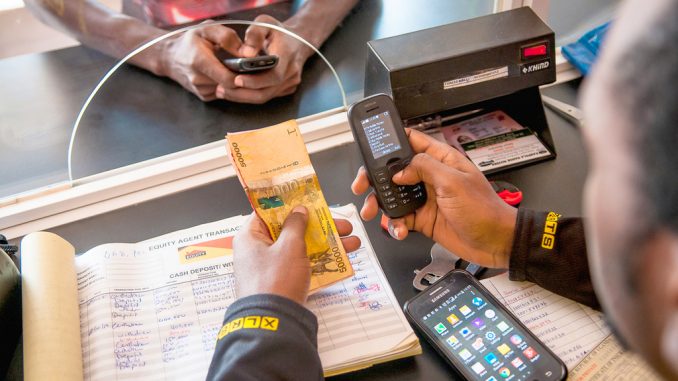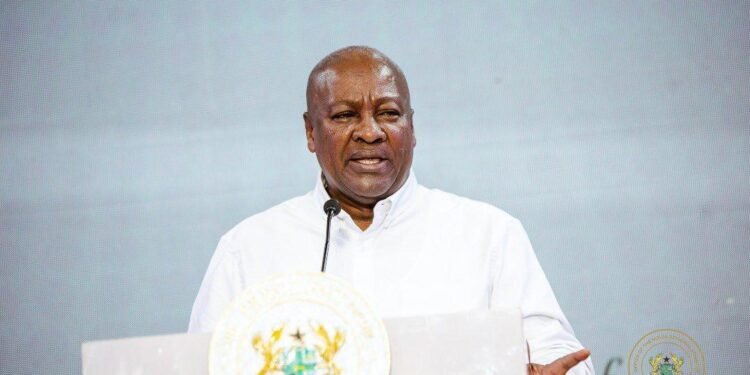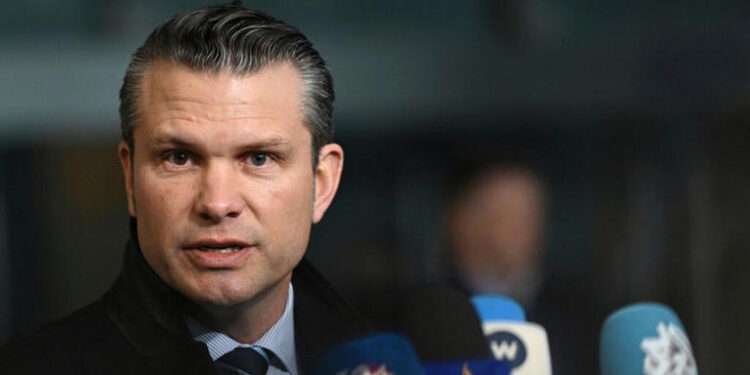Statistics from the Global System for Mobile Communications Association (GSMA) Intelligence has suggested that mobile’s contribution to grow the Sub-Saharan African (SSA)region is expected to grow by US$65 billion (to almost $155 billion) by 2025.
The improvements in productivity and efficiency that originated as a result of increased take-up of mobile services are expected to increasingly benefit the countries in the region.
According to the report, 515 million people subscribed to mobile services in Sub-Saharan Africa at the fall of 2021, signifying 46 per cent of the population, and reflecting an increase of almost 20 million in 2020.
The report further revealed that there would be nearly 100 million new subscribers by 2025, increasing the total number of subscribers to 613 million, which covers about 50% of the region’s population.
Nigeria and Ethiopia, the two most populated countries, are projected to account for almost a third of the new subscribers in the period to 2025.
The demography of Sub-Saharan Africa, with a substantial proportion of the population under the age of 18, means that subscriber growth will stay put, that is, keep rising for the foreseeable future as young consumers transit into adulthood and are able subscribe to mobile services.
In the meantime, young subscribers are more likely to be tech-savvy and curious about adopting mobile internet services, more specifically, more advanced 4G and, 5G services, where available.
Given the implications for high-speed connectivity and the creation and distribution of digital services in the region, this is one trend to look forward to.
Substantial Contributions of Mobitech to the Region
The figures from the GSMA Intelligence reveal that mobile technology represents a major boost for Ghana and SSA, with the sector generating about US$140 billion for the region, constituting about 8% of SSA’s Gross Domestic Product (GDP).
The mobile ecosystem also supported more than 3.2 million jobs (directly and indirectly) and made a sizeable contribution to the funding of the public sector, with $16 billion raised through taxes on the sector.
Mobile connectivity, the report further noted, had the potential to speed up the region’s digital transformation and help promote the socioeconomic advancement in areas such as healthcare, education, digital commerce, industrial automation and smart city infrastructure.

Recognizing this potential requires the institution of policy measures to support network investments and improve the affordability of digital services for consumers.
Based on these findings, the report urged governments and regulators in the region to adopt forward-looking spectrum management and fiscal policies, including creating a spectrum roadmap to ensure there was enough spectrum to meet rising demand for mobile services in both the short and long term.
Governments have also been advised to ensure access to the mid-band spectrum, in particular 3.5 GHz, given its importance to the future of 5G.
“Governments must also accelerate access to sub-1 GHz spectrum to provide widespread rural mobile broadband services.
“They must also apply best-practice principles of taxation as recommended by international organizations such as the World Bank and the IMF.”
GSMA Report
READ ALSO: Coachella Lawsuit Didn’t Influence Rebranding Of Afrochella























